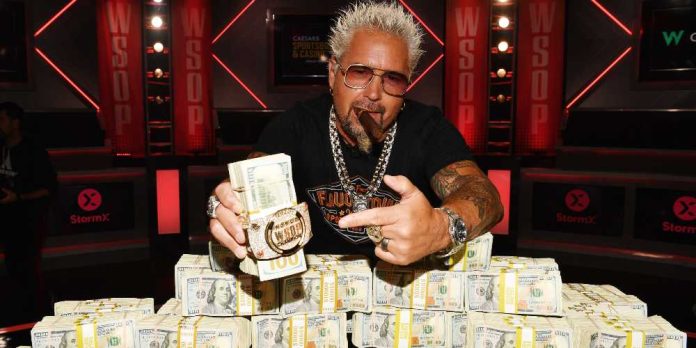In 2006, at the height of the poker boom, the World Series of Poker Main Event drew a field of 8,773 players, smashing the record for the largest version of the $10,000 buy-in annual tournament.
That record stood for 17 years and, at times, seemed like it would never be broken. However, this year, the WSOP has drawn more than 10,000 players for the Main Event, creating a record field and prize pool.
“This is an all-time summer for the WSOP,” said WSOP Senior Vice President and Executive Director Ty Stewart. “Week after week we saw record fields, so it’s only fitting that we break the biggest record of all. Ten thousand players is historic for the industry and this year’s champion will be remembered as the one to conquer the richest event in poker history, well at least until 2024.”
A grand total of 10,043 players took part in the event. As part of the lead-up to this year’s event, the WSOP publicized that if the field exceeded 10,000 players it would offer one lucky participant 30 years of Main Event buy-ins. The winner of that prize will be announced on Tuesday.
The top 1,507 players made the money and took home a share of the $93.4 million prize pool. First place will also be the single-biggest payout in Main Event history. At $12.1 million, it just edges out Jamie Gold’s payday for winning the 2006 event.
What has changed since 2006 is the nature of poker tournament payouts. In 2006, it was common to pay 10% of the field, while now most tournaments award roughly 15%, including WSOP events. In order to create a first-place payday in excess of what Gold received, the pay structure is top-heavy and has drawn criticism from several noteworthy players, including 2004 Main Event winner Chris Moneymaker, who is still in the field with 441 players remaining at the end of Day 4 of play.
The disparity between ninth and first is also substantial, with ninth place earning just $900,000. In 2006, the top 12 players all made seven figures for the finish.
Finally, the minimum cash for the event is $15,000, continuing a trend of paying out less than double the entry fee for the tournament. The difference between coming in 1,507th place and 1,005th place amounts to $2,500.
Payout structure aside, the WSOP drew praise from within the poker community for a successful series and a new high watermark for the biggest poker event of the year.
What is less clear is whether or not this is a sign of a new poker boom, particularly in the US. While Rhode Island technically legalized online poker this year, the chance it actually rolls out a poker platform in the near future is slim. Meanwhile, Pennsylvania players are still waiting to see if the Keystone State enters the Multi-State Internet Gaming Agreement. And in West Virginia, online poker remains legal but not launched, as no online poker sites have entered the marketplace.













